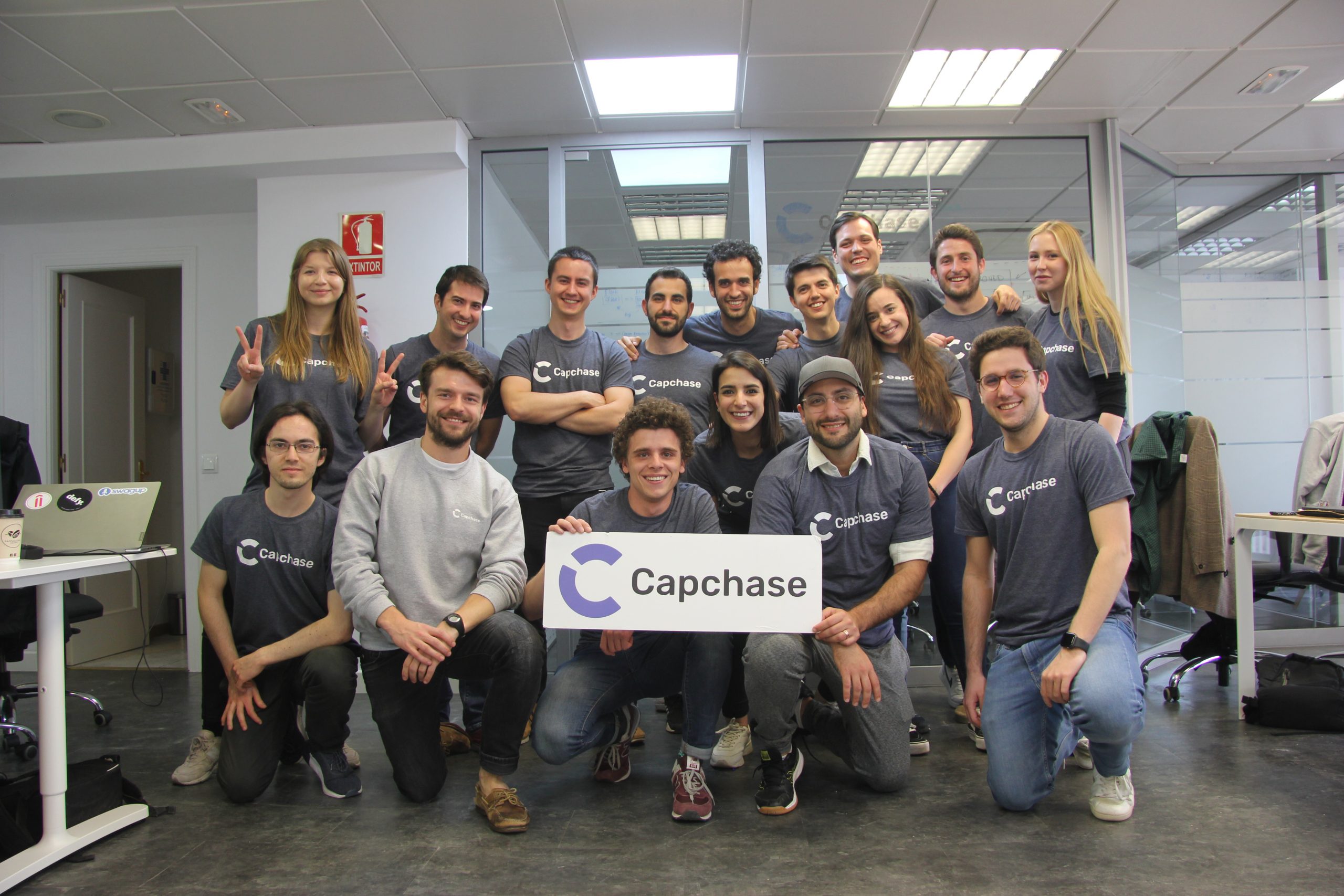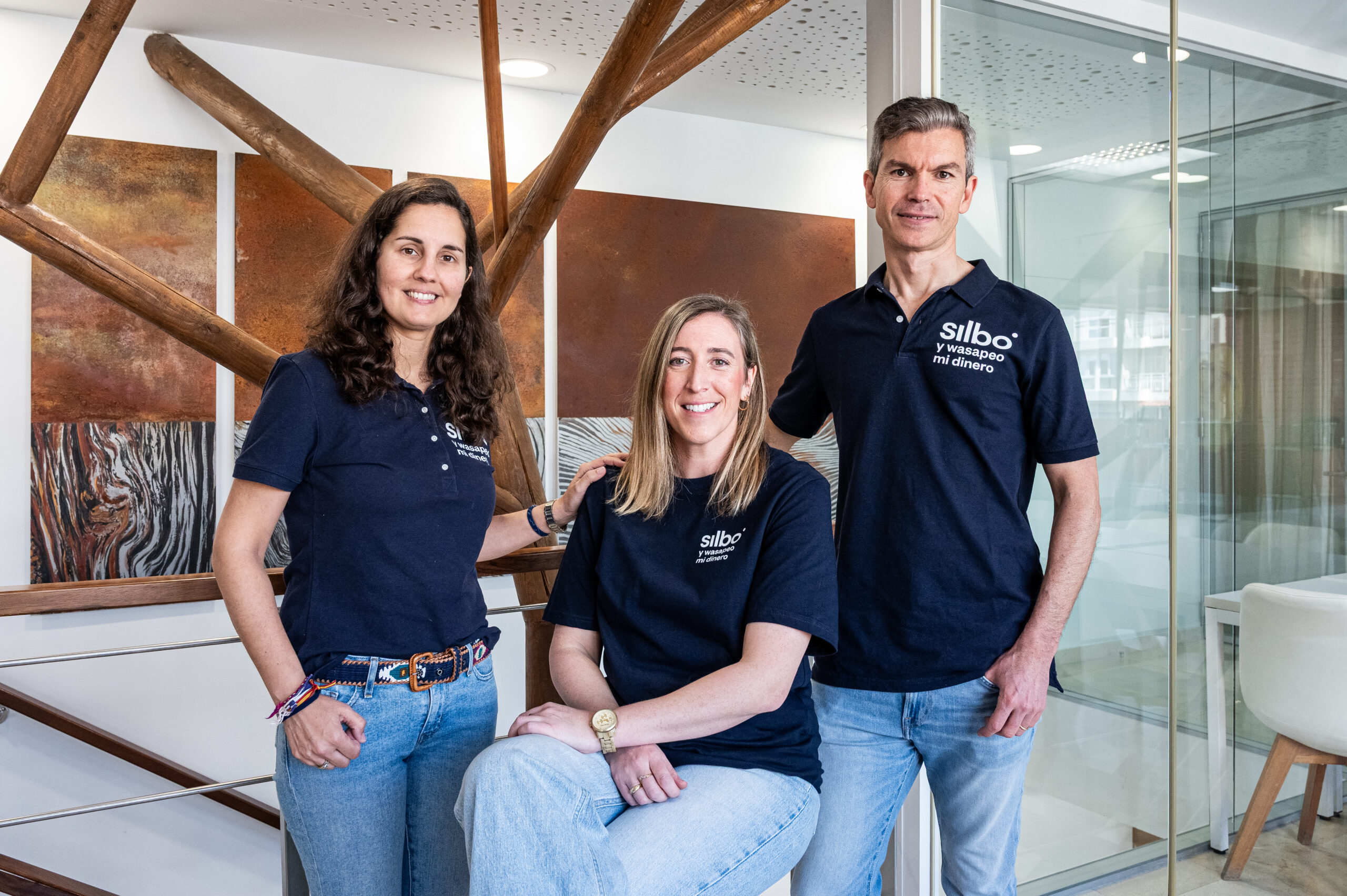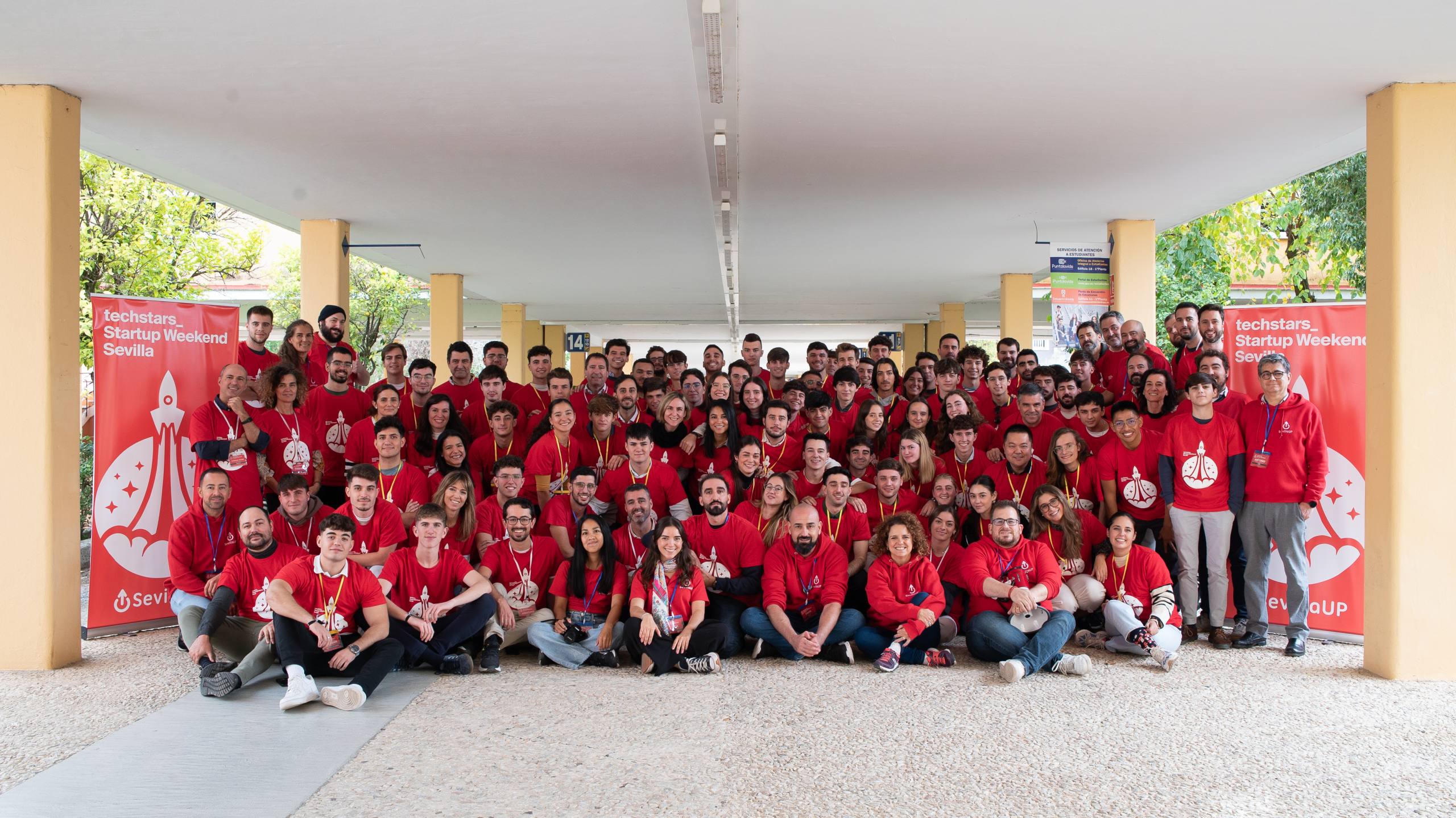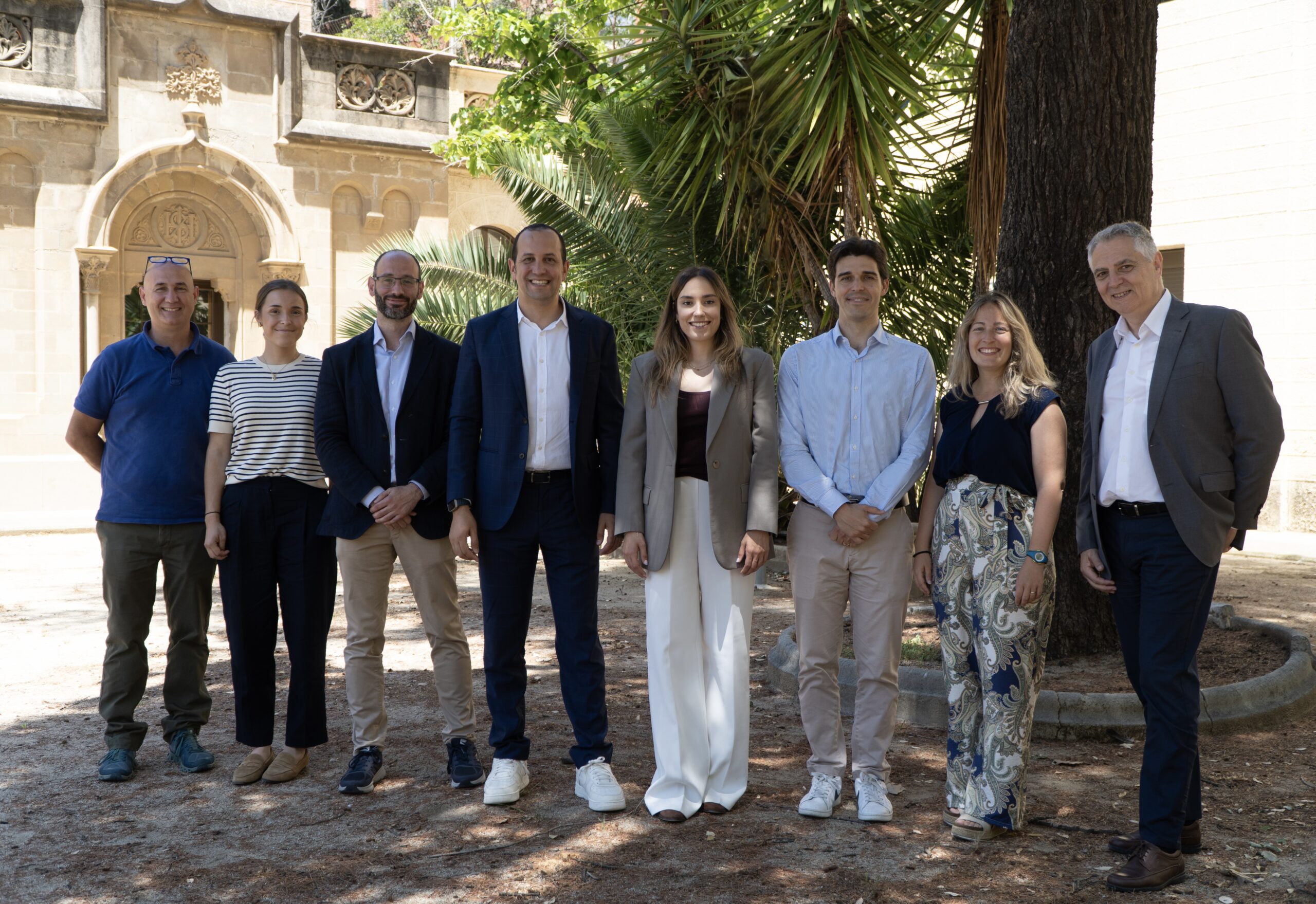Haddock has been the most recent startup to make the trip to California. The Saas startup, which specializes in the smart cost control of restaurants, was accepted in the Y Combinator accelerator program in January. It will be the ninth Spanish company going into the prestigious program. Although nobody in the Spanish startup ecosystem thinks that it is impossible to go to Silicon Valley anymore, this new westward spirit has the potential to start a trend: more Spanish startups thinking globally, coming up with ideas to disrupt the world as we know it.
Why is it that more Spanish startups are deciding to base themselves in the U.S.? To get to know the reasons, motivations and tips for entrepreneurs who are thinking about taking the big leap to America, Novobrief spoke to three founders of Spanish startups based in the United States, and a Spanish corporate VC that has led missions to Silicon Valley.
Reasons to go to the mecca

Miguel Fernández is the CEO and co-Founder at Capchase, a fintech based in New York that helps SaaS companies finance the growth of their operations with cash tied up in future monthly payments. He puts it this way: “Because of the access to capital, the opportunities, the size of the market, regulatory framework for innovation and the density of talent”. Alfonso de la Nuez, co-founder and co-CEO at UserZoom, a user experience (UX) research platform company based in different cities in the U.S., sees two reasons for this. The first one is that in the U.S., there is a more mature, tech-savvy market with many companies on their digital transformation and innovation journeys. And the second reason, according to de la Nuez, is the entrepreneur-friendly and startup IP and ecosystem in this country. “This is especially true for Silicon Valley, where the ecosystem helps entrepreneurs learn, fund and scale their startups. It’s not just the money, but the culture and the abundant number of advisors and mentors, willing and able to help. This is heaven for entrepreneurs. Having said all this, Spain is getting much better now with its own ecosystem making huge leaps in the last 5 years”, adds de la Nuez.
Juan Rubio is the CEO and co-Founder at Genially, an interactive content creation platform based in Córdova and New York. He points out that it is important to go to the U.S. because that brings opportunities of collaboration with the most prominent tech players, companies like Microsoft, Google, Meta, etc. “In a way, when a company is born with a global vision, it has to be in the United States. The global company experience is built from there, or at least you have to be relevant there. It is a benchmark country and so, if you attain success in the U.S., you end up having the same in other countries”, remarks Rubio.
Next stop: Silicon Valley
What is the fastest way to get to Silicon Valley (or to the United States) for Spanish startups? According to Patricia Pastor, managing director at Valencia-based GoHub, a corporate VC, the easiest way is to get local support. This includes participating in local acceleration programs like YCombinator, PlugandPlay, 500startups or Techstars, among others. “Only last year there were 6 Spanish companies in YCombinator (the previous year were 4)”, adds Pastor.
According to de la Nuez, there are some things you can do today that weren’t possible 10 years ago. “You can pitch, sell and then deliver the service from Spain, before making the big leap and settle here and have a team or office. Try to get some customers, even at a low cost, so you can get some initial traction with US customers. Hopefully, they’ll be satisfied and help you spread the word with solid testimonials, etc. That’s what we did at UZ back in 2007 and for about 2-3 yrs.”, adds de la Nuez.

Something that worked very well for Genially was to hire a team with experience and knowledge of the American market. CEO Rubio points out that are many in-person events where it is necessary to be there, in order to establish relations with possible investors or partners. “It’s also important to know very well your barriers to entry. In our case, recently, we obtained the Ferpa and Coppa certifications which let you operate in the educational sector”, adds Rubio.
De la Nuez adds an important detail to keep in mind: Silicon Valley is very expensive. He recommends investing in prospecting, and in testing the waters with a 1-2 months business trip, fixing an agenda before visiting. “I’d say a good 3-6 month period (maybe even longer) can and should be used to really understand whether to expand and have a place in SV. Try to be on learn-mode all the time, and also try to get traction with US brands as customers”, adds the co-founder and co-CEO of Userzoom.
Trial and error, but big time
Silicon Valley and its aura as the mecca of innovation has been attracting a certain kind of aspiration for the rest of the world. So far there have been some interesting cases of Spanish startups going abroad. For Miguel Fernandez, the ratio is 100 to 0. “Some of them ended up going public like Flywire, others have been acquired and many others have failed because of lack of capital to enter the market”, adds Fernández. For him, the fastest ways to make it are to have a global ambition to innovate from scratch, and to be ready to bet big time.

Pastor comments that a lot of times in Spain they have wanted to replicate the ecosystem in Silicon Valley, but that in the end, is very difficult to do. She mentions the successful cases of Flywire, Chartboost, Coverwallet, Clarity, Userzoom, but also points out that are many more Spanish startups that don’t appear in the media, that tried, failed and came back home.
Rubio knows that moving to the U.S. is not something easy. “It’s an ‘expensive’ market where the trial and error learning model so keen to startups can cost a lot. Also it’s easy to get in to that ‘show’ that is the case frequently in the startup ecosystem: it looks like in this ecosystem success is going to America, to be in Silicon Valley, that’s the ‘American dream’ for some startups. But nothing is further from reality, the success of your business is about conquering your users/clients, wherever they are. The rest is complementary, if it makes sense, good. You have to be very clear about why you are making the decision of going there”, concludes Rubio.









